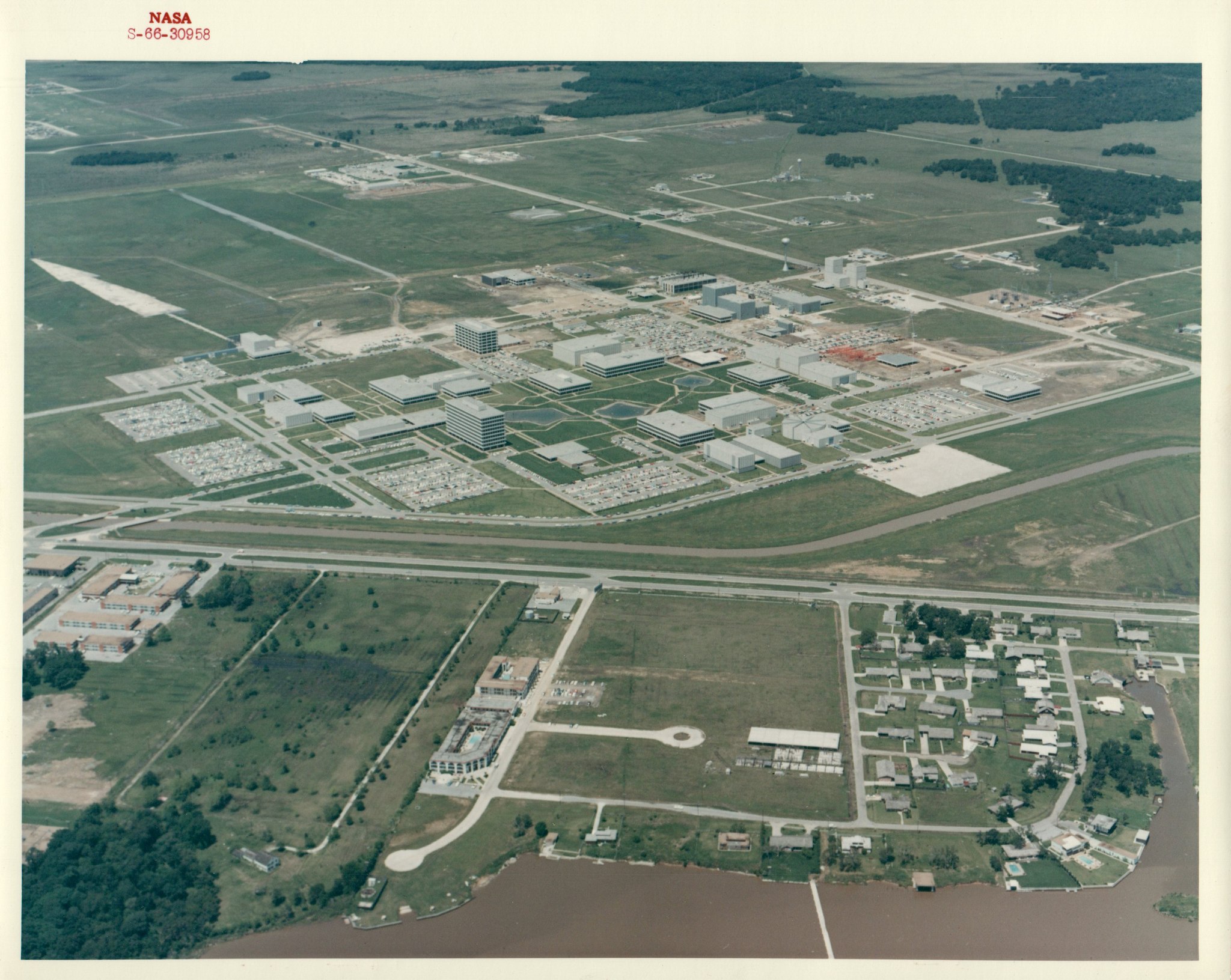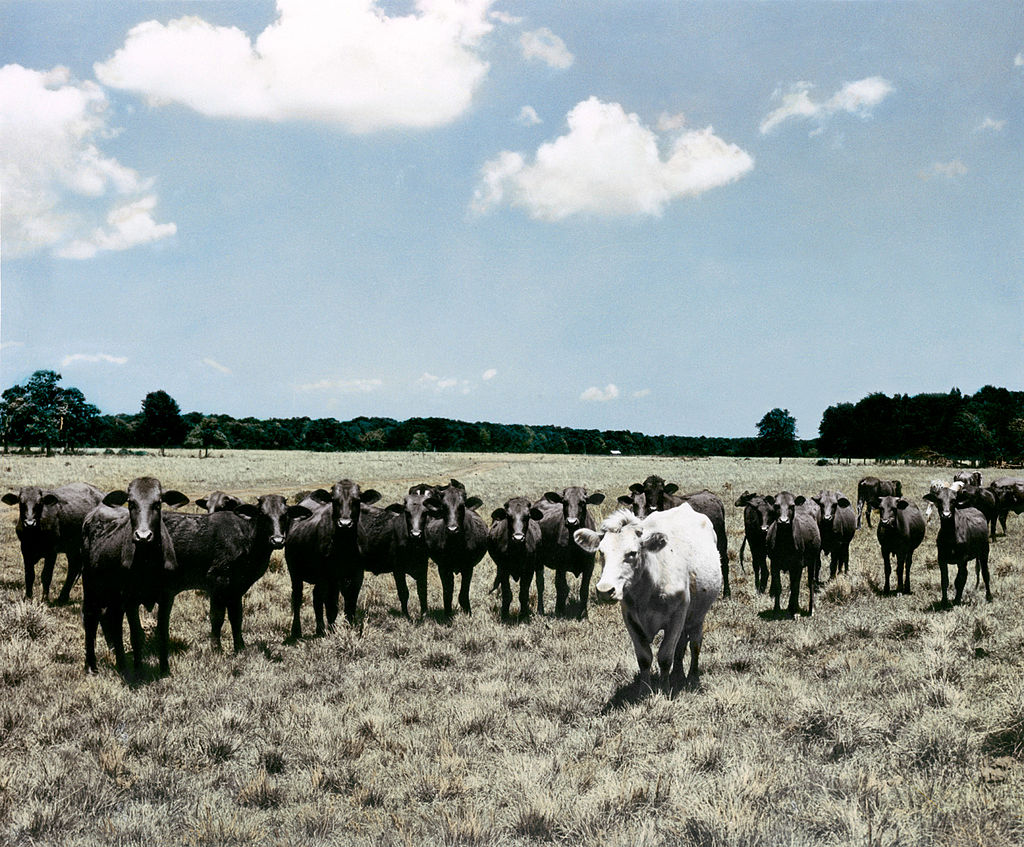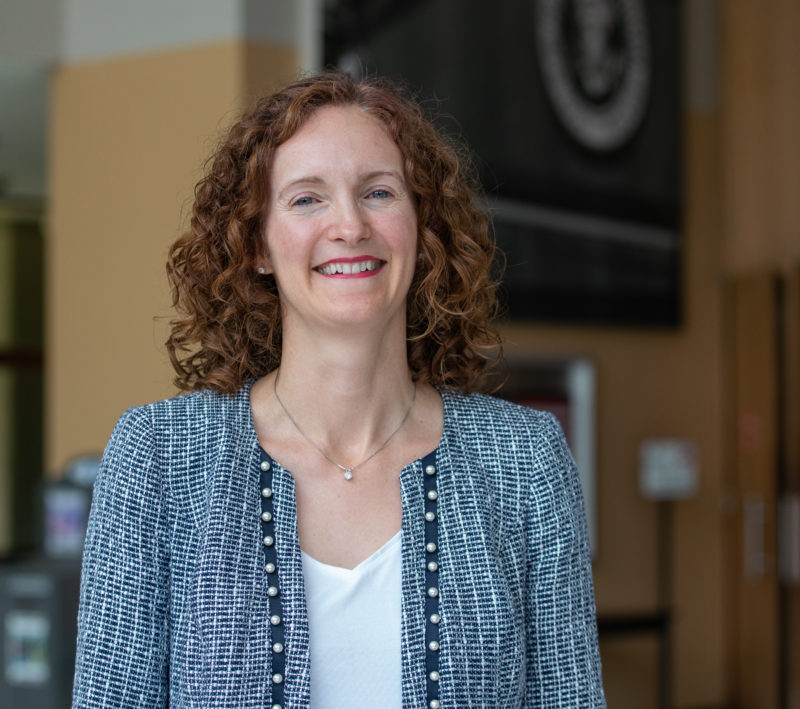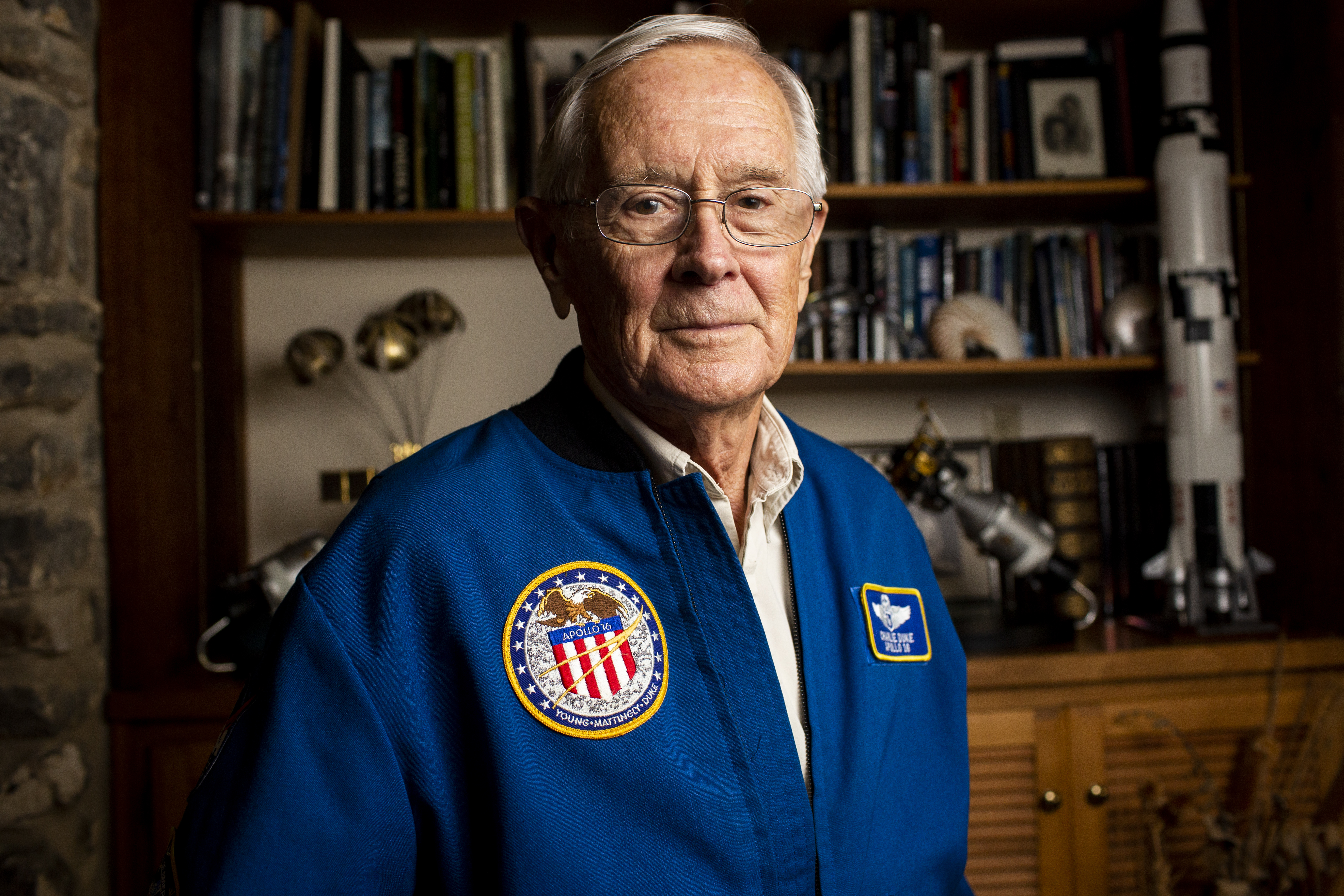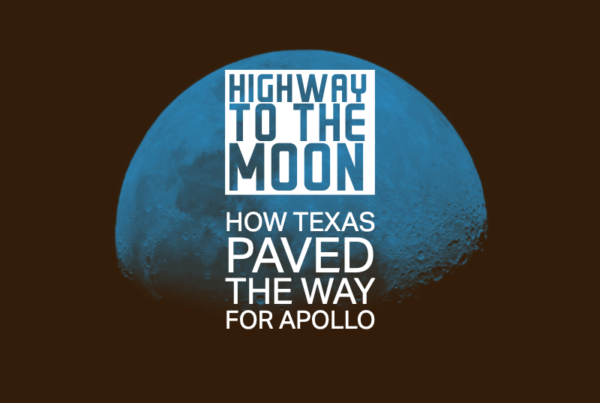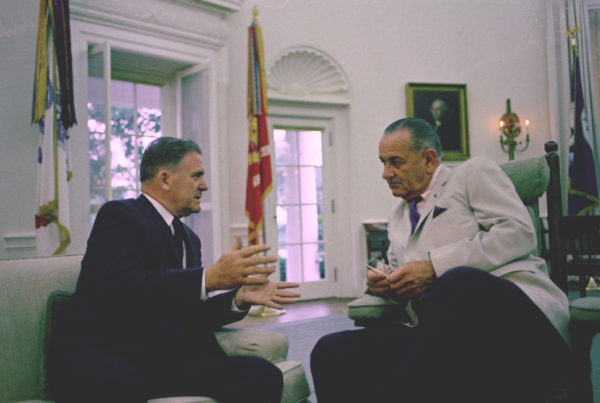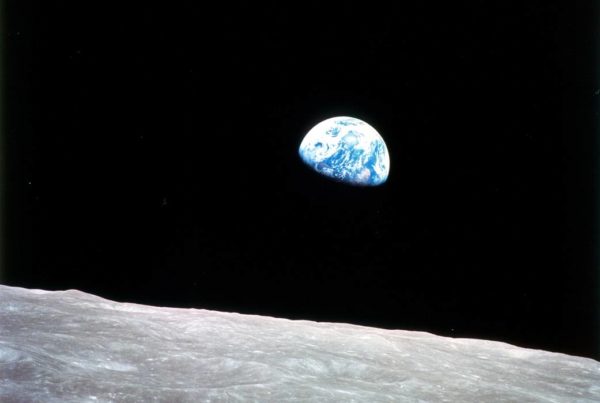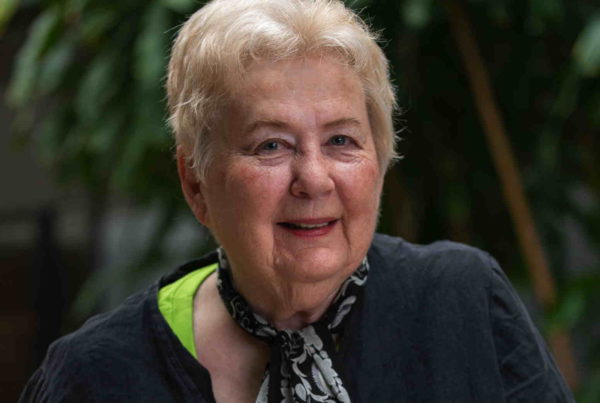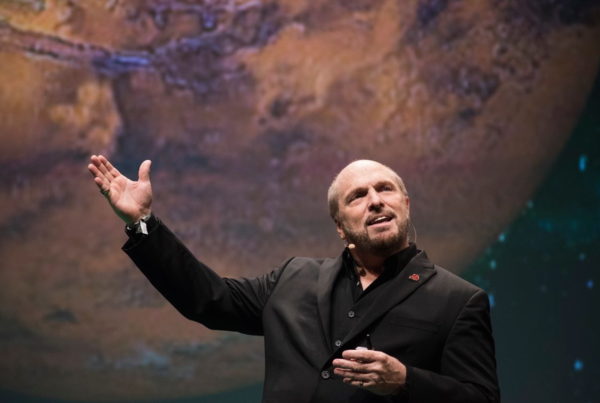It was summer 1962 in Houston. The muggy heat felt the same as ever. But nothing would ever be quite the same again – not for Houston and not for Texas.
The brief was specific: the mission required a base located in a moderate climate with access to water transport by large barges, access to all-weather jet service, a nearby institution of higher education, a culturally-attractive community, an industrial infrastructure with a solid electrical grid, technical facilities, access to labor and at least 1,000 acres of land.
Twenty-three sites were narrowed down to 14.
San Francisco, San Diego, Boston and Norfolk wouldn’t do. No other spot in the country was considered more worthy for the task ahead than this place, with its 1,620 acres of scrub and brush and marshy land as flat and unremarkable as it was seemingly worthless. Now, the first earth movers were arriving, sprinkled among the grazing cattle and a lonesome telephone pole or two.
Tomorrow was fast approaching. If, as John Kennedy promised in his speech at Houston’s Rice University, the U.S. were to put a person on the moon before the end of the decade, and before anyone else, Kennedy’s advisors had determined, with unsubtle nudging from Texas Congressmen, that the road would have to run through here – a tract of land beside Clear Lake, near Galveston Bay that would soon be known the world over as the Manned Spacecraft Center.
President Kennedy came to Rice University on September 17, 1962.
“What was once the furthest outpost on the old frontier of the West will be the furthest outpost on the new frontier of science and space. Houston, your City of Houston, with its Manned Spacecraft Center, will become the heart of a large scientific and engineering community,” Kennedy said.
The Manned Spacecraft Center would be home to scores of facilities for astronaut training and testing, as well as a new Mission Control, Mother Earth’s main point of contact for a new generation of explorers. Over the next five years, Kennedy promised, the arrival of NASA would double the number of scientists and engineers in the region, add some $60 million to local salaries, $200 million worth of new plants and facilities and some $1 billion worth of space projects from the new Manned Spacecraft Center.


